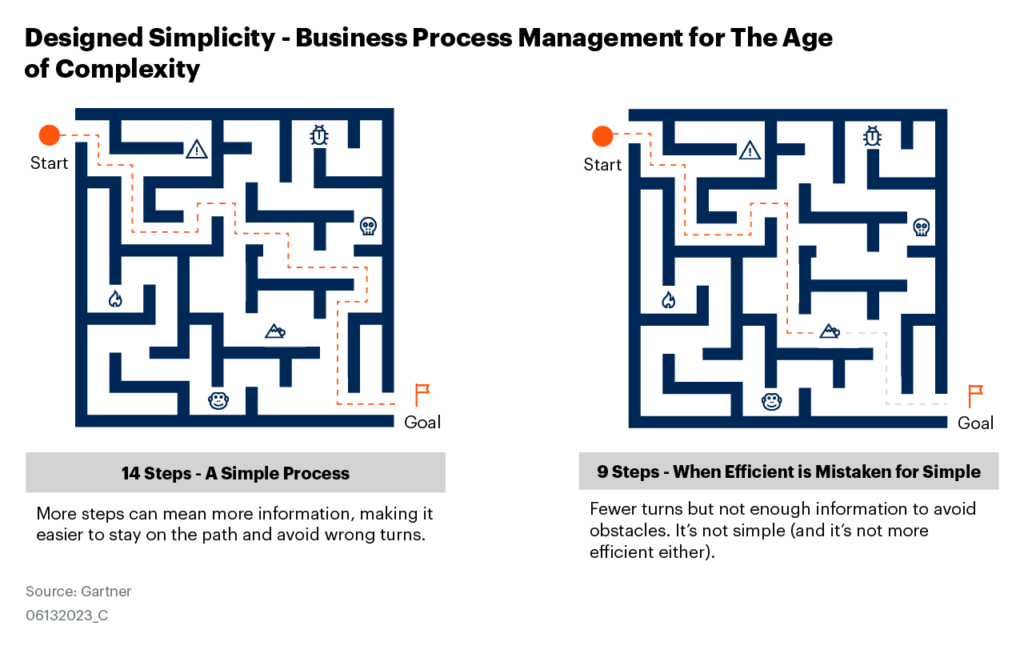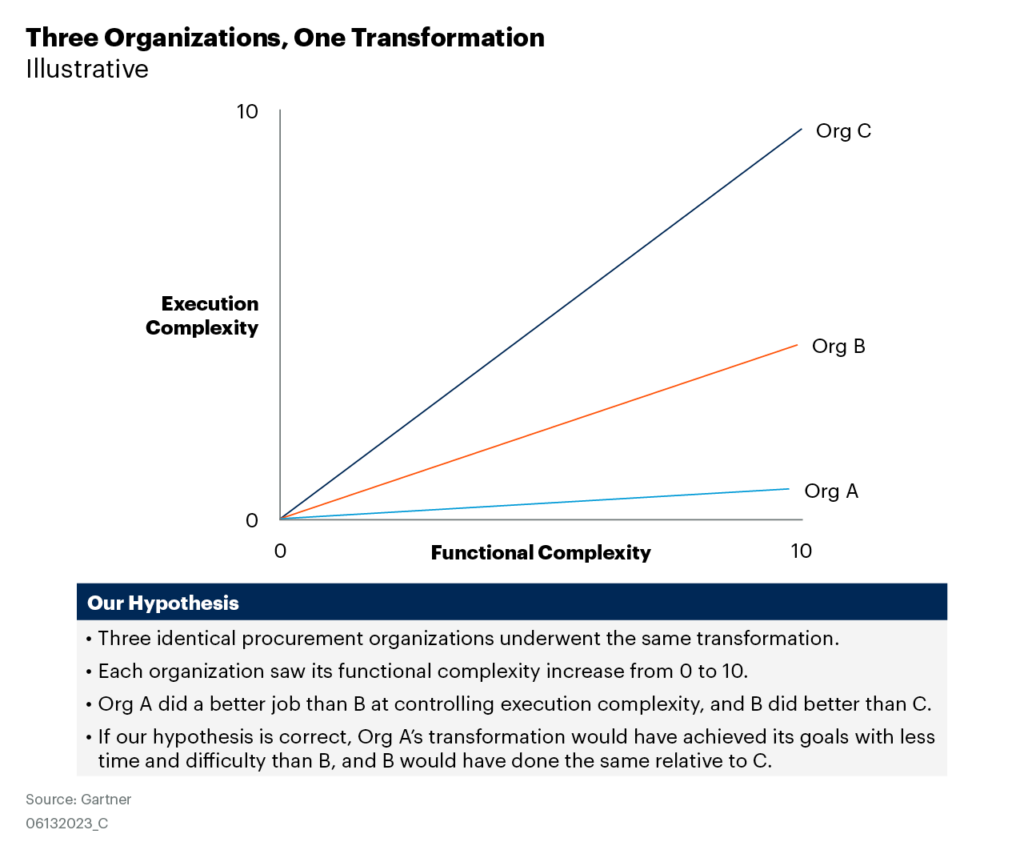Frank and Lillian Gilbreth, two of the earliest management consultants and proponents of Scientific Management, coined the term therblig around 1908 to refer to 18 physical actions workers perform in manual tasks. After observing workers to catalog the therbligs of a task, they would recommend to management which therbligs to eliminate to arrive at what they referred to as the one best way. The result, if it worked, was more productivity without increasing the company’s expenditure of money or the workers’ expenditure of calories, i.e., increased productivity through greater efficiency. Business leaders have been locked in a forever war with inefficiency ever since.
Business process management
Business process management (BPM) is a discipline that uses various methods to discover, model, analyze, measure, improve and optimize business processes. Business leaders not familiar with the term will be familiar with Six Sigma, Lean and their cousins. These approaches to BPM use different words to describe their goal, but they’re all focused on reducing inefficiency, which often gets overlooked. Whether we’re shaping the problem to fit our tools or because inefficiency has become a phantom we see behind every problem, the business world has expanded the concept of inefficiency so we can fit virtually every challenge into an inefficiency framework. Inefficiency is a major challenge, but not our only major challenge.
Complexity — societal, economic, political, legal, managerial, personal and its many other forms — may well be the dominant challenge confronting this generation of sourcing and procurement leaders. Leaders in and out of procurement are adapting efficiency-focused BPM approaches to combat complexity, but the pervasive concept-creep of inefficiency can lead us astray.
Simplification
For example, if a process is complex, we turn to our leading BPM methods to simplify it. To simplify something means to make it easy to understand and/or to do. Viewing simplicity through the lens of efficiency-focused BPM approaches leads to conflating efficiency and simplicity. Many, if not most, measure the simplicity of a process by the number of steps it has, and we try to simplify by removing steps. The fewer steps, the simpler. But the number of steps is not a measure of whether a process is easy to understand and/or do. Rather, it’s a proxy measure of efficiency (and not an especially good one). Smart leaders make this mistake, and we’re more prone to it so long as we turn to BPM approaches designed to fight inefficiency rather than complexity.

What we need is a business process management approach purpose-built to combat complexity. Gartner’s sourcing and procurement researchers have been developing one we call Designed Simplicity.

In other words, Designed Simplicity is an approach meant to reduce the complexity users — employees, suppliers or customers — experience when they interact with each other and with an organization’s processes and tools.
Functional transformations
Gartner is currently testing Designed Simplicity as a solution to the challenges posed by sourcing and procurement functional transformations. Transformations necessarily introduce new complexity, which is a function of the number, variety and difficulty of activities, inputs, information needs and uncertainties.

There’s a difference, however, between what Gartner calls functional complexity — the complexity of the role a function plays in an organization — and execution complexity — the complexity of the work employees do. When increasing functional complexity leads to a level of execution complexity that is at, or beyond, the limit of staff ability, functional transformations will be more drawn out, less successful and more frustrating until the execution complexity is under control.

In applying Designed Simplicity to transformations in procurement, the users in question are procurement employees, and our goal is to simplify their experience of procedures, tools and interactions with colleagues (the workflow, collectively) resulting from the transformation.
Consider a supplier sustainability transformation, the introduction of sustainability as a factor in awarding contracts. It necessarily introduces functional complexity because it increases the number and variety of procurement’s activities. It increases execution complexity because it does the same for procurement staff. Staffers must gather sustainability metrics from suppliers. Services agreements may need to be revised to require suppliers to provide metrics. Some suppliers might ask for a waiver. Staffers will have to decide whether to grant the waiver based on criteria someone needs to develop.
Simpler workflows
That one transformation adds a lot of execution complexity to staffers’ workflows. The problem isn’t inefficiency; it’s complexity. We need to design a simpler workflow, easy to understand and execute.
Imagine if the workflow’s designers made the same mix-up so often made in process simplification, mistaking efficiency for simplicity and trying to design a workflow with as few steps as possible. They run a high risk of creating a workflow with gaps and ambiguities where necessary activities take place. It would be like cutting a necessary step from an existing workflow — the work must still get done, but now staff don’t have the guidance the step provided. It’s even worse in a new workflow, as staff don’t have experience to fall back on. The execution complexity would be off the charts. Highly competent staffers would struggle to do the work, compliance would be erratic, it would take longer to reach the transformation’s goals and stakeholders might start pointing fingers when leadership asks why an ostensibly implemented transformation isn’t delivering. Unfortunately, this is not an uncommon occurrence.
Designed simplicity
By contrast, a workflow guided by Designed Simplicity would have no gaps users need to fill in on their own, make meeting objectives as easy as possible without lowering any standards and account for all scenarios users may encounter. Our current research explores just how often procurement achieves such a workflow and whether doing so controls execution complexity and leads to more successful transformations. Our findings will be unveiled at an executive retreat on Oct. 10.
Originally posted in Gartner Blog Network





